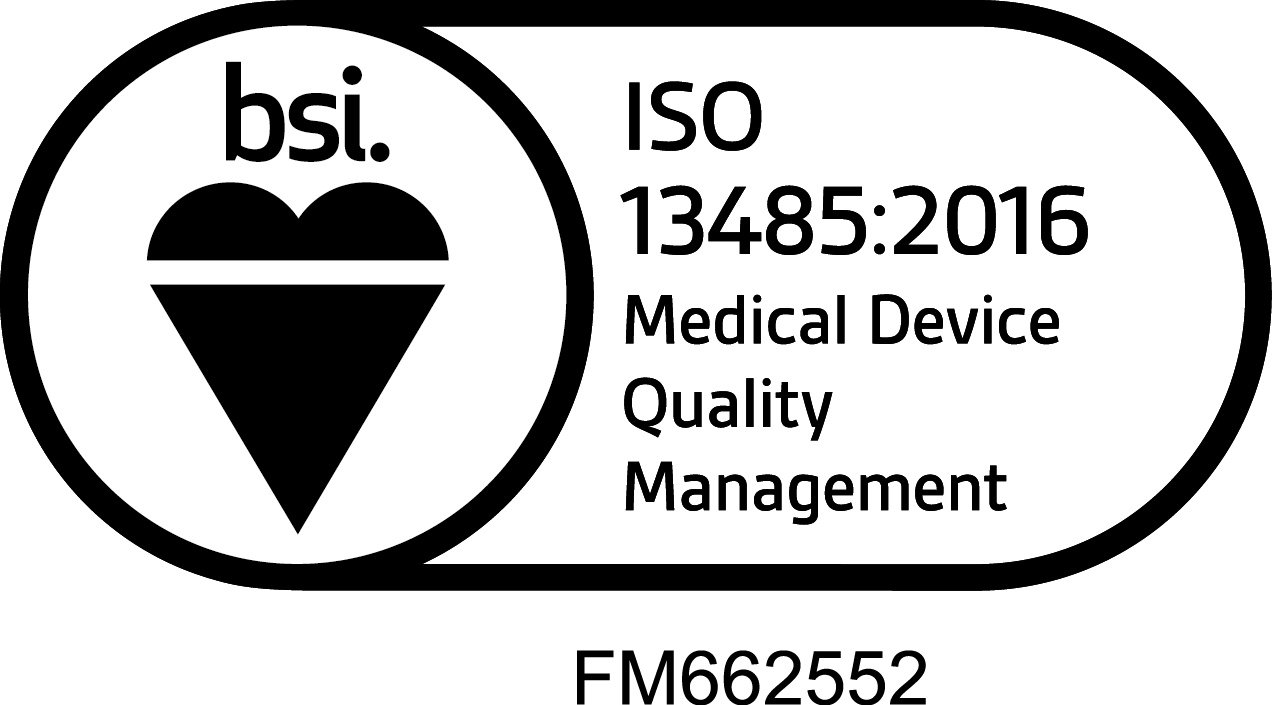Four ways inspection matching can improve your medical device’s manufacturing results
In an ideal scenario, medical device companies and their contract manufacturers inspect products on the same equipment, via the same tests and methods.
But the reality is that it’s more common to have different inspection machines and methods that you have to make work together. By aligning two different systems, you can ensure consistent results that meet your requirements, help reduce production costs and shorten revision cycles.
Inspection matching is the leading way to align metrology practices and drive these positive results. This process should be explored by any medical device company working with a contract manufacturer.
What is inspection matching for medical devices?
Inspection matching helps device designers, contract manufacturers and other suppliers ensure consistent results, even if they don’t have the same inspection equipment and methods.
The process comprises two elements – equipment and method. Equipment includes the metrology machines and inspection tools that will be used. Method involves how different features and dimensions will be measured.
To undertake inspection matching, manufacturers and medical device companies define the dimensions that need to be measured and the equipment they’ll use to capture the measurements. They then each take their own measurements from the same set of samples, and run a statistical analysis to compare the data and determine if the measurements align. To ensure maximum flexibility and clarity in data analysis, each part should be labeled with numbered markers prior to making measurements. A part with 20 measurements would have markers 1-20.
Inspection matching is most impactful at the pre-production stage because it can help avoid expensive revisions later in the process. It can also be beneficial if the design is already finalized and approved. This is especially true when a number of suppliers may be involved in the manufacturing process, as it sets a standard for final measurements and results.
Four benefits of inspection matching in medical device manufacturing
1. Decrease costs by identifying how different features affect inspection time and processes.
Contract manufacturers can partner with medical device companies to identify potential ways to save on production costs. This process may include forecasting how much time it takes to measure a feature and what equipment is used to effectively produce a specific part every time.
When inspection matching occurs during pre-production, these insights can be incorporated into the device’s design. For example, changing an aspect of a single feature may mean inspection can be done more quickly with a less expensive piece of equipment. It may also make it more conducive to measurement on a fully automated machine with better accuracy and speed.
When inspection matching occurs after designs are final, the goal is to balance costs vs. the technical requirement. A contract manufacturer can help a customer identify the least invasive way to gather the
required inspection data. If a handheld micrometer can meet the requirement, there may not be a need to run the inspection through a costly CMM and possibly create a bottleneck at that point.
2. Create a consistent product across different suppliers by defining and documenting test methods.
Consistency is paramount in medical devices, and is an especially important consideration if you’re working with multiple suppliers to develop parts for a device.
Defining test methods via inspection matching is one of the best ways to do this. If you’re the medical device company, you may first align inspection with your contract manufacturer. Then, the documented test methods can be shared with secondary suppliers so they can align their measurements to your process.
3. Shorten the trial-and-error process of approving visual features.
Measuring appearance and finish is often based on “we’ll know it when we see it.” This can lengthen product development timelines as bead blasting and color anodizing are adjusted on a trial-and-error basis.
Defining these more subjective features via picture boards or an ordinal scale can save much time. With pass/fail criteria established early in the process, attribute agreement studies can shorten the revision cycle by finding and eliminating operator-to-operator variability.
For example, a rod with a series of blasting and tumbling finishes can be shared to establish a reference point for roughness or shininess. The final details from the attribute agreement study should be incorporated into the inspection matching documentation.
4. Take advantage of dock-to-stock efficiencies.
In some cases, inspection matching allows companies to implement dock-to-stock practices.
If your supplier’s inspection data statistically matches the incoming inspection data of your company, it’s possible to eliminate your company’s incoming inspection once the paperwork is filed with the FDA. This is a growing use of inspection matching by medical device companies, but is still fairly rare in the industry.
Inspection matching is a valuable process that can help improve manufacturing results in medical devices. To discuss how inspection matching can help your product development process, contact us at (763) 425-3355 or requestinfo@lowellinc.com.

 13485:2016 Registered
13485:2016 Registered